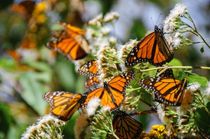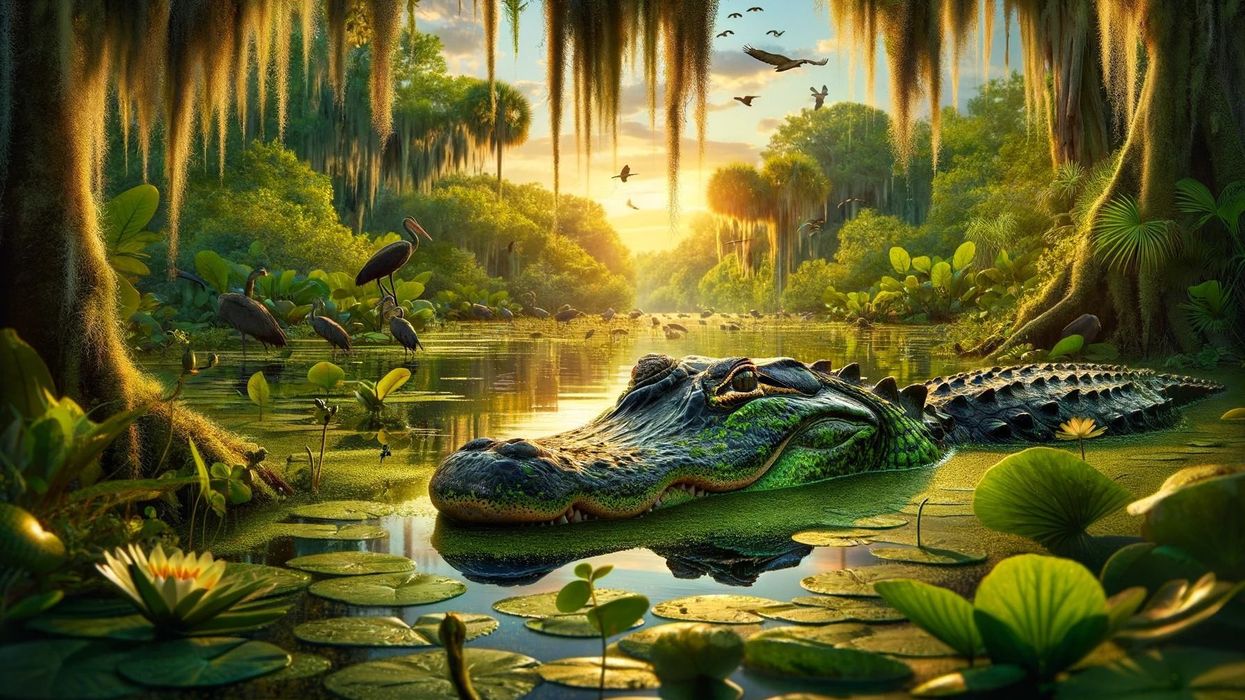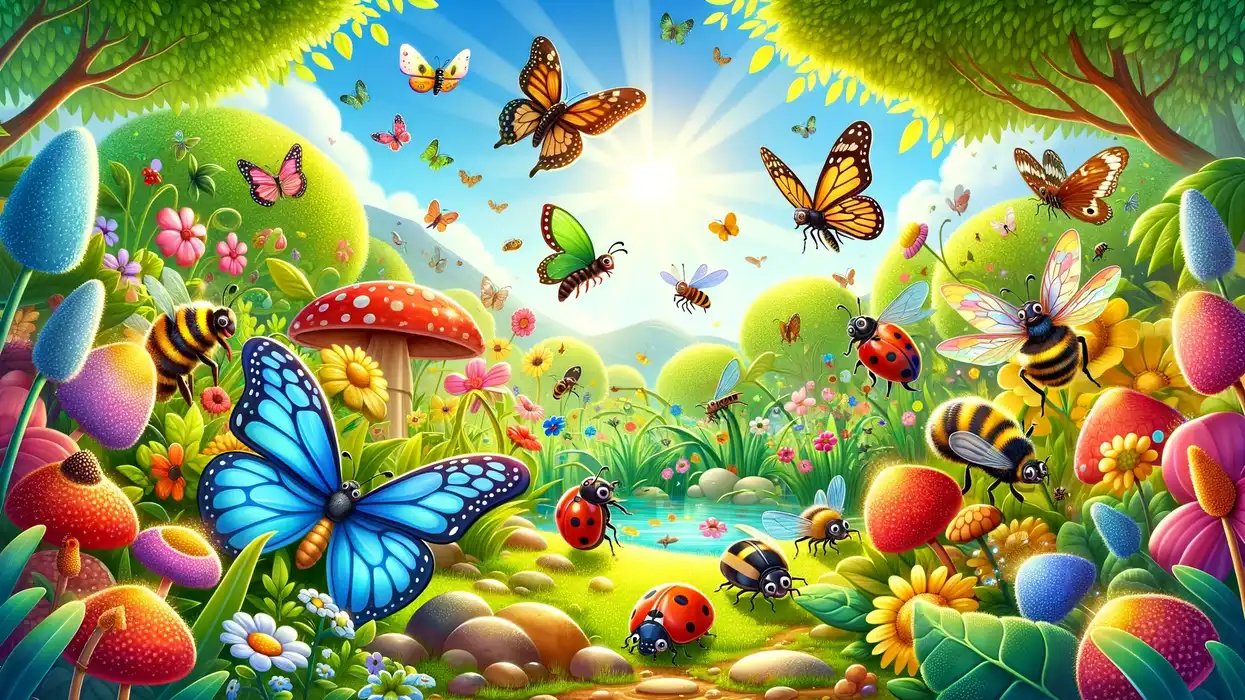Many different species eat butterflies as part of their food.
Butterflies face more threats than most people could realize. Butterflies and moths' eggs, caterpillars, chrysalises, and adults themselves are all eaten by predators.
Butterflies are insects with four distinct stages in their life cycle like the egg, a caterpillar (larva), a cocoon that transforms into a chrysalis, and a butterfly. Butterfly bodies are made of an exoskeleton. Butterflies and moths lay their eggs in places where their young have the highest chance of surviving.
They generally hatch on the leaf of their food plant. Caterpillar has strange eating habits that sound like fictional stories. Before pupating underground, the caterpillar eats ants' grubs.
The resting wing position of butterflies and moths is one of the most noticeable distinctions. Moths like to sleep with their wings open, while butterflies prefer to sleep with their wings closed. Humans should avoid eating butterflies because many of them are poisonous due to the food they eat.
Toxins are produced when butterflies eat poisonous plants. Many butterflies have toxins that can make humans unwell. Still, some particular species of butterflies are considered a delicacy in various countries.
If you loved reading this article, why not also read about what eats wasps and what eats frogs here on Kidadl.
Common Butterflies Predators
Predators and parasitoids are not considered enemies of butterflies. Instead, they could be viewed as nature's way of preventing butterfly populations from being out of hand.
Simple predators are the first adversaries of butterflies. Wasps, monkeys, ants, parasitic flies, lizards, snakes, toads, dragonflies, rodents, and even birds are some predators of butterflies. When you view a television program with a title like 'When Nature Attacks,' you don't expect to see pretty-winged insects being ambushed by a vicious predator.
Birds also eat butterflies and moths. Great crested birds eat insects such as adult butterflies, moths, beetles, wasps, flies, and spiders. Warblers, orioles, grosbeaks, blue jays are other birds that make butterflies as their food.
When the butterfly settles on leaves or flowers to rest and feed, the spider and hairstreak come into touch. If birds eat wings, they vomit after eating them. The most nutritious sections of the butterfly are in the body; therefore, the wings are not usually eaten.
Birds eat butterflies and their eggs, larvae, and caterpillars more than the adult butterfly itself, but they are still eaten. Birds also eat moths. Predators include spiders, wasps, dragonflies, robber flies, and crickets, in addition to birds. They are also attacked by mantises and a variety of other arthropods. Butterflies are frequently trapped in the webs of crab spiders.
Animals that prey on butterflies include birds, spiders, small animals, and even other insects. Lizards eat butterflies, and also owls eat butterflies. Although many people in the west dislike butterflies as food, it is a delicacy among the eastern population.
What eats butterflies in the rainforest?
Rainforests are present in many parts of the world, such as Asia, Africa, and South America. The nectar or sugary liquid produced by the flowers attracts the butterflies. Many butterflies live in the rainforest or the forest ground.
Frogs and spiders are two species that add butterflies to their meal. Butterfly eggs, caterpillars, and adult butterflies are all eaten by these predators.
They will eat one of two types of butterflies: a butterfly with an excellent taste or a nasty tasting butterfly. Some butterflies have developed a foul taste in their bodies to avoid becoming a tasty food. Because their caterpillars have eaten milkweed, these butterflies, like monarch butterflies, have a nasty taste.
The birds avoid the Viceroy butterfly, which tastes wonderful but looks so much like a monarch. In other words, birds won't eat it.
Did you know that caterpillars of both butterflies and moths can make silk in the same way that spiders can? Many butterflies become ragged or die when the rains are particularly heavy or last for a long time.
Other Dangers To Butterflies

Butterflies are not the intended target of pesticides, but they are harmed by the misuse of these chemicals that destroys crucial ecosystems.
Natural enemies like predators, parasitoids, and illnesses pose a significant threat to monarch butterflies. Habitat loss and change resulting from residential, commercial, and agricultural development are the most serious challenges to butterflies, and many butterfly species are also threatened by climate change and invasive species.
How do butterflies protect themselves from predators?
Butterflies have developed extraordinary ways to protect themselves against predators. Butterflies use various defense mechanisms.
One of the most common ways for butterflies to survive from their predators is to hide. They prefer to hide in trees, either beneath the leaves or beneath the bark.
Butterflies will camouflage themselves to avoid being observed by blending in with natural objects around them, a strategy called crypsis. Because of their bright colors and wing patterns, some butterflies can camouflage and avoid being devoured by their predators. Bright color and unique wing pattern can be very advantageous for camouflage purposes.
When under attack, certain butterflies may fly away highly irregularly to avoid becoming a meal. Some butterflies will imitate their predators' natural foes to prevent the predator from pursuing the butterfly further.
Here at Kidadl, we have carefully created lots of interesting family-friendly facts for everyone to enjoy! If you liked our suggestions for what eats butterflies, then why not take a look at what eats skunks or Monarch butterfly Facts?










